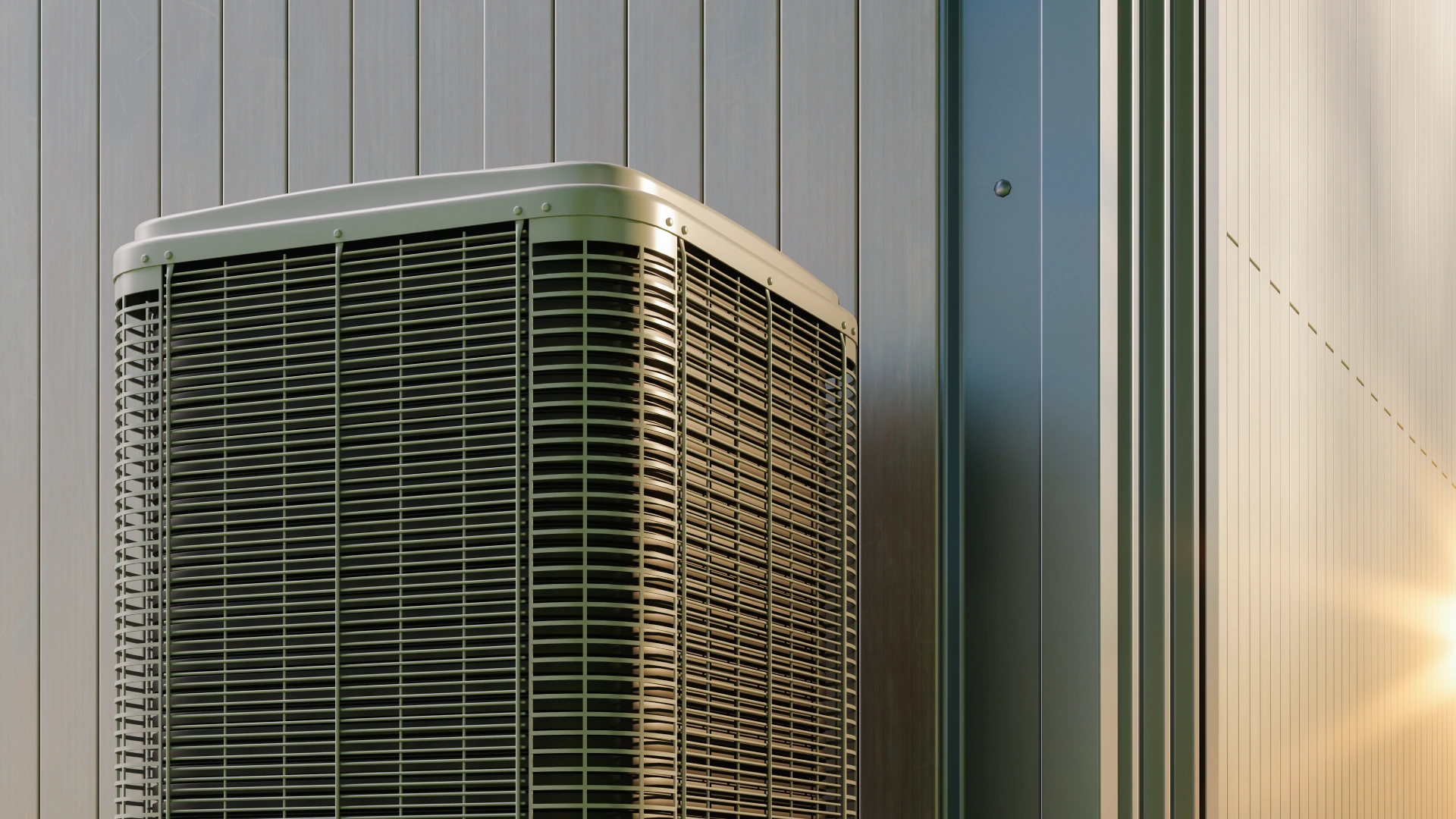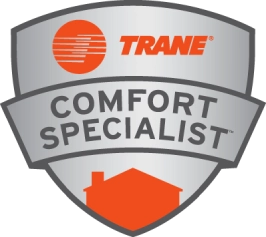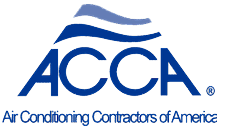In the realm of indoor climate control solutions, there are numerous options abound in the 21st-century marketplace. One dilemma faced by many homeowners and property managers is choosing between traditional furnaces and Variable Refrigerant Flow (VRF) systems. As a leading provider of top-notch climate control solutions since the 1980s, Temperature Control is committed to help you make an informed decision.
VRF System and Traditional Furnace Differences
On one side of the debate, traditional furnaces have been the mainstay heating solution for residences and commercial spaces in the United States for many years. They work by heating air at a central source and circulating it around the building or space using ductwork and vents. Traditional furnaces, particularly those powered by natural gas, are known for high energy efficiency, low operational costs, and long operational life. They also provide consistently uniform heating, which is perfect for brutally frigid winter days.
Nevertheless, traditional furnaces are not without their downsides. The initial cost of installation can be relatively high, especially when including additional cost for ductwork. Similarly, lack of zone control might lead to unneeded heating of unused spaces, which can be a significant energy cost in larger buildings. The regular maintenance they require to stay in top condition is another critical factor to consider. To this end, Temperature Control provides premium furnace repair services in Tucson, Casas Adobes, Catalina Foothills, Amphi, Flowing Wells, Oro Valley, Tortolita, and Catalina, AZ, ensuring that your heating system is always running at peak efficiency.
On the other side stands the VRF system, a relative newcomer to the climate control arena but one making fast strides into mainstream installation. VRF systems work by running refrigerant through a central system to multiple fan coil units installed throughout the building. The main selling points of VRF systems are individual zoning control and the ability to heat and cool simultaneously, which means every room or space in a building can have individual temperature settings based on spatial needs and personal preferences. Furthermore, the variable-speed compressor technology used in VRF systems helps in reducing energy consumption, hence easing utility costs.
However, like all systems, VRF also has its cons. Primarily, they are more complex in design than traditional furnaces, which can result in higher installation costs. They may also not provide the intense heat that a furnace can offer during very cold conditions.
Contact us to help decide whether a VRF system or traditional furnace would work best for your home in Tucson, AZ and the surrounding areas
In conclusion, the choice between a traditional furnace and a VRF system depends largely upon specific needs, budget, and preferences of the user. Both systems come with their unique advantages and disadvantages. Temperature Control is ever ready to offer professional advice on the best solution for your home or property, with a wealth of experience and a commitment to customer satisfaction guiding every decision.













